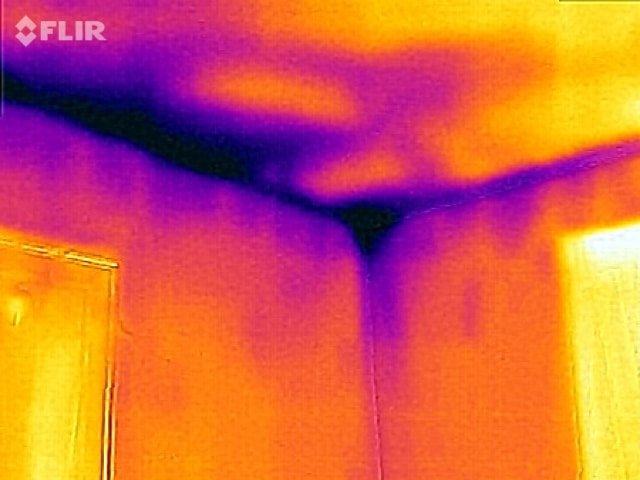Thermal bridging is a term frequently used in the building and development sector; but what does it actually mean for you and your property?
Thermal bridging is a term that refers to areas of a property or development where heat flow is different, resulting in a path of least resistance when it comes to heat loss.
It occurs when there is a direct connection between the inside and outside of a building; this results in elements of a build being more thermally conductive, causing heat to escape more readily.
Thermal bridging can be caused in many different ways.
…and when you’re new to the world of energy efficiency, it can feel like yet another box to tick; a confusing one at that.
Rest assured: thermal bridging is actually pretty straight forward.
It can be caused by:
- The junctions between the walls and floor
- The junctions between the walls and the roof
- Window and door reveals
- Holes within the building envelope due to pipes and cables
- Steel wall ties for masonry construction
These are just a handful of ways your development might find itself facing a thermal bridge; the common factor is that each presents an area with low thermal resistance, hence creating energy issues for your building.
Thermal bridges can lead to a heat loss of up to 30%.
Essentially, they make it far more difficult to insulate your home. As such, you’ll find yourself faced with higher energy bills, a poorer energy rating and a property that isn’t as sustainable or efficient as it could be.
But the issues go deeper even than that. Thermal bridging can also bring about the risk of surface and interstitial condensation and mould growth due to the breakdown of insulation. This can present major issues (including health related) for those living in the property, as well as the property owner when it comes to property assessments.
Can thermal bridges be avoided?
Yes and no. If you’re working on the design and construction of a brand new build, you should ensure everyone on the project is fully trained in thermal bridge-free construction; that way, you can identify any potential thermal bridges and remedy them, before they become an issue.
This is actually now a requirement of the Technical Guidance Document Part L: all new builds (and retrofit projects on existing developments) must comply with the guidelines outlined to minimise energy loss from thermal bridges, as well as eliminating the potential for mould growth and condensation. So, whether you like it or not, it’s something you need to pay attention to.
For properties that already have thermal bridges, it is not always practical (or even possible) to get rid of them; but you can reduce and optimise them.
Every home will present a different form of “best practice” when it comes to minimising your thermal bridges, but essentially it comes down to:
- Reducing surface losses
- Increasing the capacity for insulation
This can be done in a huge variety of ways, including bringing thermal breaks into a design and selecting the right construction systems and elements to make your surface losses as minimal as possible.
Many choose to cover their external wall with a layer of thermal insulation to counteract the heat lost through the thermal bridges. Suitable materials for this could include:
- Polystyrene insulation boards
- Mineral wool
- Reinforced concrete
- Brick masonry
There is no “one size fits all” answer; it’s about finding the solution that best fits the makeup of your home.
We provide thermal bridge assessments to help you navigate these different options.
During a thermal bridging assessment we will carry out linear thermal bridge calculations (psi-value), point thermal bridge calculations (chi-value) and a mould growth risk assessment (fRsi-value).
Armed with your result, we will then advise you on the best course of action to help reduce any heat loss from the thermal bridging, and show you the steps needed to boost the energy efficiency of your home.
Building or renovating a development is stressful at the best of times; we want to take a weight off of your shoulders by helping you create a home that is cost-effective, environmentally sound and joyful to live in.





















